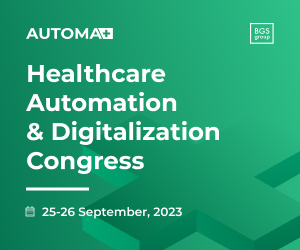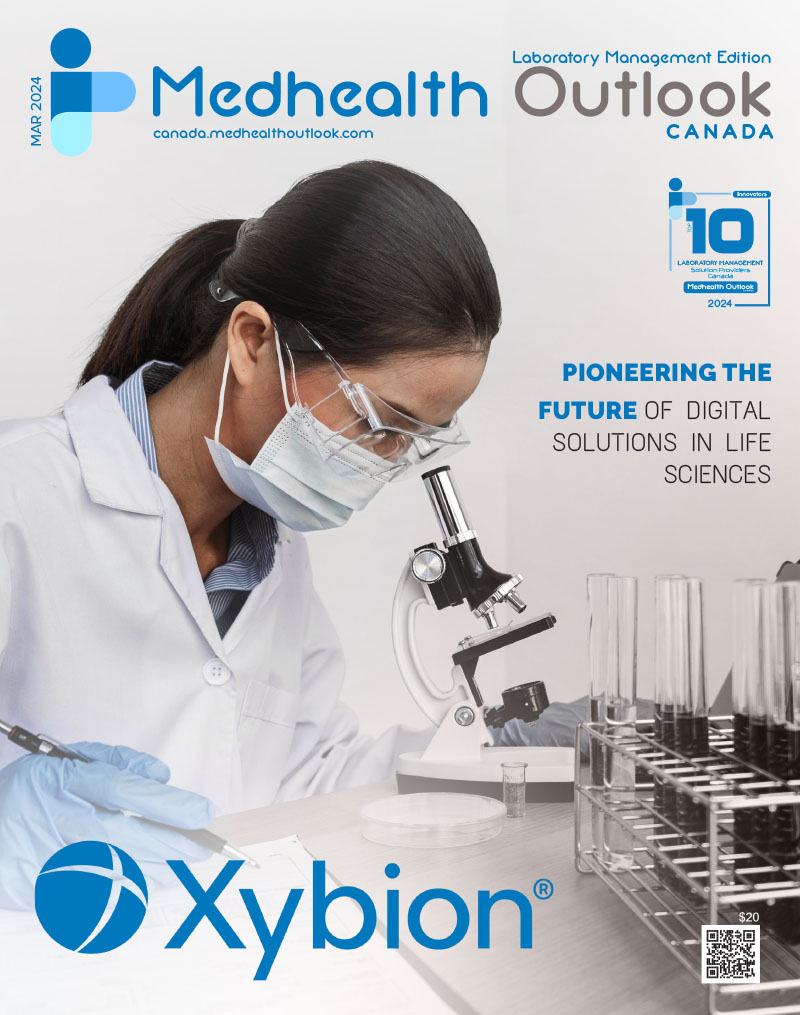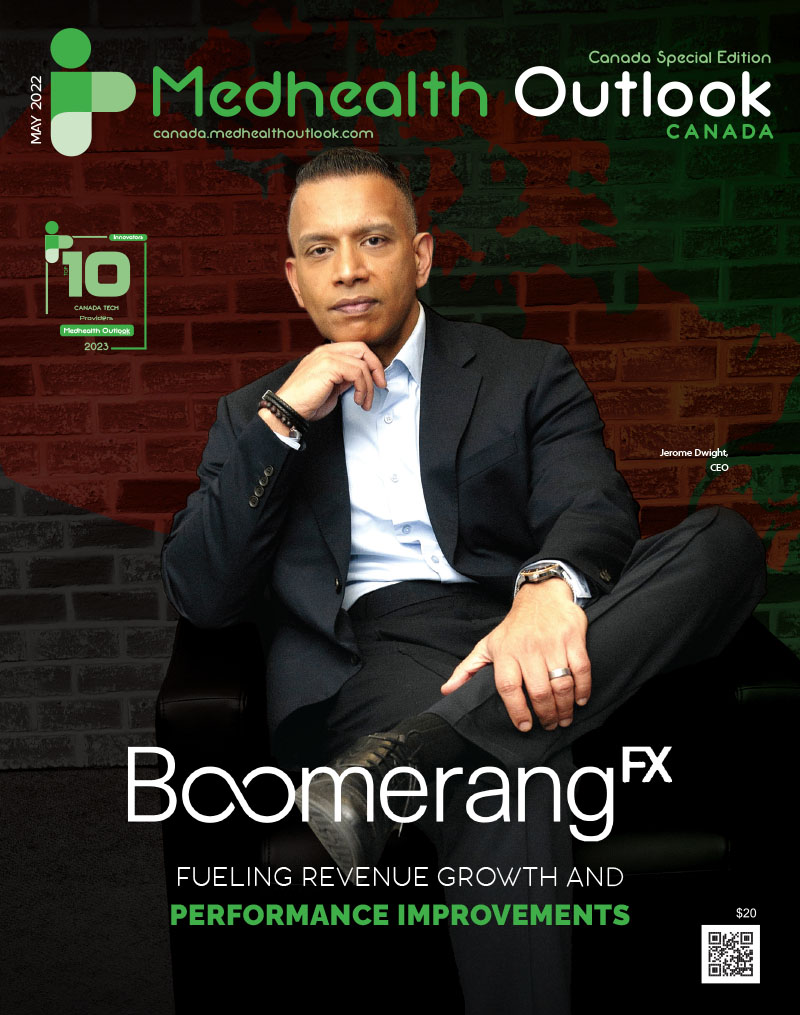“Learning is an experience. Everything else is just information.”
Albert Einstein
Given that learning is defined as any structural or functional change in the brain, this is a powerful quote that explains why virtual reality (VR), an experiential learning tool, is so effective in so many aspects of healthcare.
The human brain is comprised of at least four distinct learning systems, one of which is the experiential learning system that represents the sensory aspects of an experience, whether visual, auditory, tactile or olfactory. This system is complemented by the cognitive system (the “information” system Einstein alludes to) that processes and stores knowledge and facts using working memory and attention. Critically, working memory and attention are limited capacity resources and form a bottleneck that slows learning, with more information coming in and available to the learner. The brain also includes the behavioral learning system that has evolved to learn motor skills and to build the “muscle memory” needed to achieve goals. Processing in this system is optimized when behavior is interactive and is followed in real-time (literally within milliseconds) by corrective feedback. Finally, we have the emotional learning system in the brain that provides rich motivational and emotional context and trains situational awareness. Situational awareness is about nuance, but nuance that is vital to success. Whereas one can have all of the facts and figures available, and can have a strong behavioral repertoire, in the end one has to extract the appropriate information and engage the appropriate behavior in each distinct healthcare situation. One needs to know what to do, and when.
Although each of the four learning systems in the brain are distinct, they all reside within the same brain with massive, dependent interconnections. In nearly all healthcare situations information needs to be stored and retained (cognitive), motor skills must be perfected (behavior), situational awareness must be strong (emotional), and all of these must be present within the relevant work context (experiential). In other words, ideally all four learning and performance systems in the brain should be activated in synchrony.
The number of uses cases for VR in healthcare is many and is growing on a daily basis as the technology advances. We briefly review a few.
VR Applications in Patient and Healthcare Provider Education and Training: Unfortunately, the overwhelming majority of both patient education and provider training is done through reading text, viewing Powerpoints, or watching videos. These load only on the cognitive learning system in the brain when a better approach would be to broadly engage experiential, cognitive, emotional and behavioral learning systems in the brain in synchrony. VR meets this need. Immersive VR experiences can be developed to educate patients and providers on particular medical conditions such as diabetes, high cholesterol, or congestive heart failure, using 3d dynamic representations of these bodily systems and condition, as opposed to using 2d static images that must be converted into 3d dynamic mental representations in the brain. Patients and providers can “virtually” see the heart in action or see the kidney and its role in the renal system. They can be guided through the steps needed to care and maintain a colostomy bag or insulin pump first-hand. VR can also be used to facilitate behavioral skills training such as venipuncture or surgery, and the care and maintenance of a kidney dialysis machine.
VR Applications in Mental Health and Wellness: Mental health and wellness issues are a serious problem in the U.S. costing $100s billions in lost earnings and productivity each year. Although anyone suffering from mental health disorders or addiction, or in need of therapy should seek professional help, tools like VR show great promise for mitigating mental health problems, facilitating therapy, and for “unlearning” addictive behaviors. VR can complement therapy in many positive ways. Applications of VR for PTSD and anxiety disorders are growing. For example, a PTSD patient can be slowly habituated to anxiety and stress provoking environments but within a safe environment in VR. VR offers a perfect tool to address the need for multiple exposures because it is available 24/7 in almost any location. The number of mindfulness, relaxation, and mediation related VR experiences is also growing. VR also holds great potential for addressing addiction. By incorporating VR environments that share many contextual cues with the using environment into the rehabilitation setting, true unlearning is more likely to occur.
VR Applications Pain Management: Chronic pain affects 100 million Americans and costs $800 billion annually to treat. There is an urgent need for effective, accessible, low-risk (non-opioid) treatments for chronic pain. VR has been shown to address this need. VR programs are being developed and validated that bring psychological treatments involving self-regulatory pain management skills into the headset. Patients have shown clinically meaningful reduction in perceived pain following an 8-week VR therapeutic program with these reductions remaining clinically meaningful several months post treatment.
Summary and Future Directions
The brain has evolved to learn best through immersive experience. Immersive experience is at the core of VR. Given the fact that learning involves any structural or functional change in the brain, immersive learning has numerous applications in healthcare. VR broadly engages multiple learning and performance centers in the brain, spreading the wealth of learning while reducing the cognitive load. VR applications in healthcare are many including patient and provider education and training, mental health and wellness, as well as pain management.













